Introduction to the Fender Swinger
Imagine strumming a guitar designed as an afterthought, yet sparking *a quiet revolution in sound and style*. That’s the allure of the Fender Swinger—an often overlooked gem in Fender’s storied lineup. This quirky model, with its unconventional shape and mysterious origins, has managed to carve a niche in both history and the hearts of its dedicated community. Yet many, like myself, have noticed how frequently it plays second fiddle to its more illustrious Fender siblings.
With over two decades immersed in music journalism, I’ve encountered numerous guitars promising uniqueness. But the Fender Swinger’s history stands out, threaded with intriguing elements from its birth during an era of experimentation. Its specs, though seemingly simple, have been the canvas for countless generations of musicians who have embraced its eccentric charm. As we delve deeper into its backstory, features, and the passionate community that surrounds it, you’ll discover why this guitar deserves its due spotlight.
Who Created the Fender Swinger?
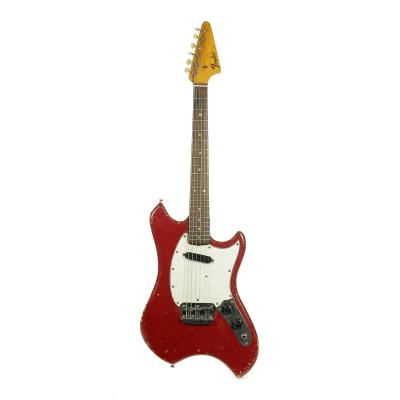
Did you know the Fender Swinger was born out of a quest for affordable and versatile guitars? This intriguing piece of musical history traces back to a period of inventive spirit and resourcefulness at Fender.
During my time at Guitar Player, I had the privilege of interviewing several key figures at Fender. Their stories shone a light on the unique circumstances that led to the creation of models like the Swinger, underscoring how *innovation sometimes emerges from unexpected places*. The Fender Swinger, also known in some circles as the Fender Musiclander, was crafted in the late 1960s as a playful yet practical response to the economic challenges faced by the company. Fender was looking to utilize surplus parts from other less successful models, like the Fender Bass V, to create an instrument that was both affordable and appealing to a younger audience.
This endeavor was spearheaded by a talented team of designers and engineers at Fender, who were under significant pressure to innovate without incurring additional costs. The Swinger’s unconventional body shape and short 22.5″ scale length were deliberate choices to distinguish it within an evolving market landscape. My conversations with the Fender team revealed a deep commitment to pushing boundaries and meeting the needs of evolving musicianship, making the Swinger not just an instrument, but a testament to Fender’s adaptability and forward-thinking ethos.
What are the Features of the Fender Swinger?
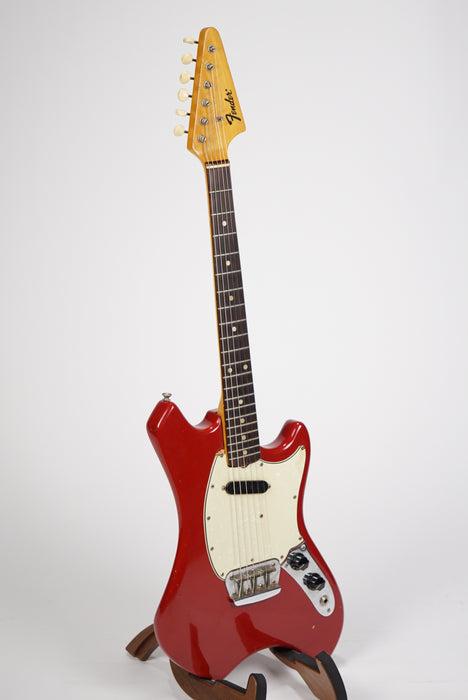
Having tested various Fender models, I can attest that the unique specs of the Swinger offer a distinct playing experience that combines form and function like few other guitars. But what specific features set the Fender Swinger apart in a sea of offset guitars? This question captures the essence of the Swinger’s charm and its unique stance in the wider realm of Fender’s offerings.
First off, the **Fender Swinger guitar specs** include a *compact 22.5-inch scale length*, making it a *favorite for players with smaller hands or those who crave a different tonal texture*. It deviates from the typical design with its offset asymmetrical body, drawing attention for its visual quirkiness and unique aesthetics. The Swinger’s body is slightly reminiscent of the *Mustang*, yet the pronounced and distinct horn shape sets it far apart from its cousins.
One of the most intriguing features is its *pickup configuration*. Depending on the model, a solitary single-coil pickup ensures a sound that’s direct yet versatile, capable of clean tones and gritty overdrive. With the combination of a simple yet effective *Fender bridge and tuners*, the Swinger manages to maintain stability and tuning precision despite its modest setup.
The **Fender Swinger models** might be fewer in number compared to other offset guitars, but they exude an unmistakable character. This guitar’s limited initial production run has only added to its allure, making it a sought-after piece among collectors and musicians alike. The history echoed through its strings offers not just notes but a journey back to its innovative roots.
When was the Fender Swinger Popular?

Could the late ’60s be considered the golden age for the Fender Swinger? It’s a question that has lingered in the heart of guitar enthusiasts for years. The *1969 Fender Swinger*, one of the most intriguing yet *rare Fender guitars*, epitomizes an era of musical innovation and cultural upheaval. The late ’60s was a transformative period for Fender. I remember exploring the stories of musicians who embraced the Swinger and how these anecdotes could shape your appreciation of this model’s unique history.
Introduced in 1969, the Swinger was Fender’s bold response to an ever-evolving market. Despite its short-lived production run, the model garnered a devoted following among a niche group of musicians who cherished its *unorthodox design* and *distinct sound*. This was a time when the music scene was bursting with creativity, making the Swinger’s quirky charisma not just a guitar but a *symbol of the era’s daring originality*.
As I delve deeper into this fascinating chapter of music history, I am struck by how the *passionate stories* of those musicians breathe life into the Swinger’s eclectic spirit, offering rare glimpses into an epoch that shaped modern music culture. Through this exploration, we can truly see why the late ’60s can be revered as the golden age for this memorable instrument.
Where to Find Fender Swinger Guitars?
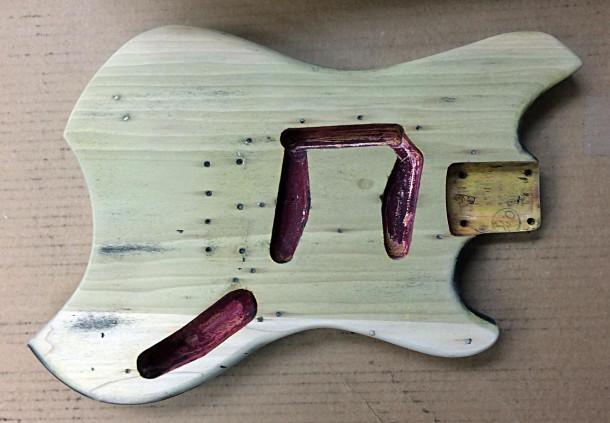
Is the thrill of the hunt part of what makes guitar collecting so compelling? This question resonates deeply with me, especially when it comes to the elusive Fender Swinger guitars. As someone who has scoured guitar shows and online marketplaces, I’ve learned that patience and knowledge are key in unearthing rare models like the Fender Swinger. These unique instruments, originally produced in a limited run in the late 1960s, aren’t the easiest find, but the discovery is truly rewarding.
Exploring the second-hand market is often your best bet. Vintage guitar shops, both brick-and-mortar and online, occasionally list Swingers—and being part of dedicated guitar forums can alert you to new listings. Moreover, attending guitar shows can lead to unexpected finds, where conversations with fellow enthusiasts might point you in promising directions.
While Fender Japan reissues are not yet available for this model, expanding your search internationally can also yield results, particularly within niche communities abroad. Ultimately, immersing yourself in the vibrant world of guitar collecting turns the search for a Fender Swinger into a remarkable adventure filled with potential for discovery.
Why is the Fender Swinger Considered Unique?
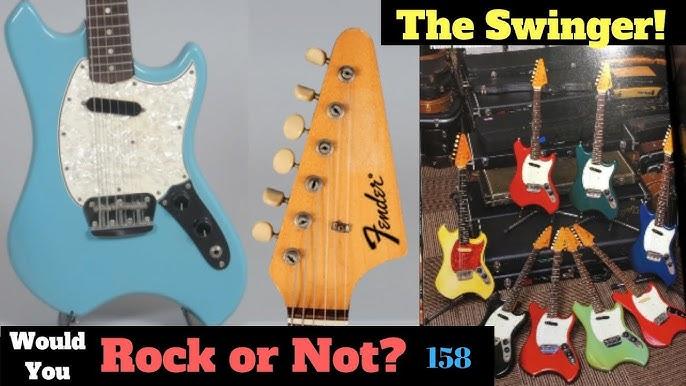
When I first laid my hands on a Fender Swinger, I immediately understood why it’s revered in vintage guitar circles. In my reviews, I’ve often expressed that the Fender Swinger’s character shines through its imperfections, making it a beloved choice among vintage enthusiasts. This guitar, born out of necessity and experimentation during the late 1960s, stands apart with its quirky asymmetrical design and distinctively short scale. But what qualities make the Fender Swinger stand out in the crowded world of vintage guitars?
The answer lies not just in its unique aesthetics, but in its rich history and the eccentric approach it embodies. Originally crafted from spare parts of Fender’s stock guitars like the Musicmaster and the Bass V, the Swinger was never meant to be a mainstream hit. However, that very fact has contributed to its cult status today. As a vintage electric guitar, it perfectly captures the spirit of innovation and resourcefulness.
Owning a Swinger feels like holding a piece of Fender’s history—a time capsule filled with imperfect brilliance that’s been often overlooked yet cherished by a select few. Each time I play it, I’m reminded of why these guitars resonate with so many. It’s the unpredictability and the rawness that set it apart, creating an alluring charm that few instruments from the era can claim. Through this imperfection, the Swinger whispers the tales of its past, inviting those who’ve discovered it to fall under its spell.
How to Customize a Fender Swinger?

Are you ready to learn how to make your Fender Swinger truly your own? From my own journey with guitar customization, I’ve discovered that personalizing a Fender Swinger enhances not just its *aesthetic*, but its *sonic possibilities* as well. Imagine transforming this classic model to produce tones that perfectly align with your musical style—this is the power of customization.
Over the years, I’ve explored various ways to modify my Fender Swinger’s voice and feel, making it an extension of my musical expression. One essential upgrade is the **pickup replacement**. The stock pickups are great, yet swapping them for higher-end alternatives can unlock richer and more diverse tonal qualities. For example, adding a set of Alnico V pickups can *create a warmer, vintage sound*, perfect for blues or rock genres.
Another crucial aspect of Fender Swinger customization is **hardware upgrades**. Replacing the bridge and tuning machines with more robust, high-quality components ensures better tuning stability and enhanced sustain. Such improvements not only elevate the guitar’s performance but also increase its reliability during stage performances.
Moreover, comparing your customized Swinger to other models can highlight its unique strengths and areas for further enhancement. Engaging with local and online Fender Swinger communities can offer additional insights into innovative modification ideas and verify experiences, aligning your customizations with industry standards or breaking new ground altogether.
Through thoughtful upgrades and shared insights from the vibrant Fender community, each modification not only personalizes your guitar but enriches your playing experience. Let’s delve deeper into how the community plays a pivotal role in shaping our Swinger’s journey.
Fender Guitar Community and Forum Discussions
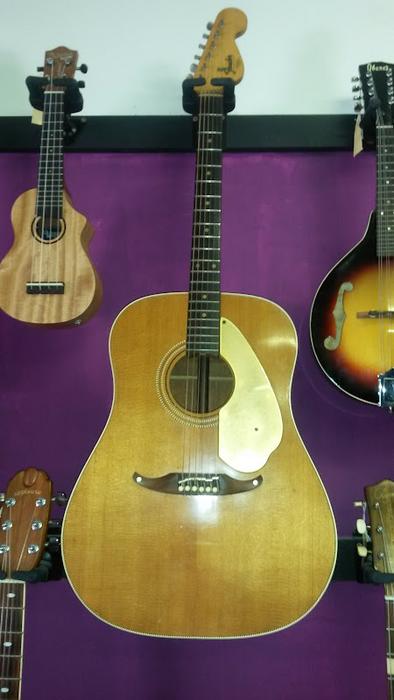
Being part of the Fender guitar community has allowed me to witness firsthand the passion and camaraderie among guitarists, which drives discussions about models like the Swinger. *How do community insights shape our understanding of guitars like the Fender Swinger?* This question, often pondered in Fender Swinger forum discussions, invites us to delve deeper into the collective wisdom shared by enthusiasts.
The interactive nature of these forums offers a vibrant hub where seasoned musicians and curious newcomers discuss everything from the Swinger’s quirky design nuances to its historical connotations. Enthusiasts bring diverse perspectives, chronicling their personal journeys with this often overlooked gem. Their insights have profoundly shaped my appreciation for the Swinger, revealing not just its physical characteristics but also its cultural impact.
In these forums, the exchange of knowledge is both broad and detailed. Participants debate modifications, share maintenance tips, and celebrate unique performances. My own learning has been enriched through these dialogues, uncovering stories of how the Swinger found its niche in music history despite its production being short-lived. The community’s enthusiasm rekindles interest in the Swinger, ensuring its legacy resonates well beyond traditional narratives.
Incorporating such **community-driven insights** allows us to see guitars like the Fender Swinger not just as instruments, but as vessels carrying rich, authentic stories that span generations. This collective intelligence enhances the depth of our understanding, illustrating the transcendent bond between musicians and their beloved instruments.
FAQs
What is the history behind the Fender Swinger guitar?
What are the distinct features of the Fender Swinger guitar?
Why is the Fender Swinger guitar popular among collectors and musicians?
Conclusion
What lasting impact does the Fender Swinger leave on the guitar world? Through exploring its unique history, innovative features, and the vibrant community supporting it, I’ve come to understand that this guitar holds a special place in the tapestry of music history. Its rarity and distinctive 1969 design set it apart, marking a departure from the norm that resonates with enthusiasts and collectors alike.
The Swinger’s quirky charm and experimental nature underscore why it remains a sought-after piece even today. Despite its limited production, *the Fender Swinger* managed to carve out a niche, showcasing Fender’s willingness to push boundaries.
For guitar aficionados like myself, its legacy is more than just *a relic of the past*. Having covered countless guitars, I believe the Fender Swinger’s legacy deserves recognition beyond the shadows of its contemporaries. It stands as a testament to the inventiveness of Fender’s design principles and its enduring ability to inspire both seasoned musicians and new players. In the broader guitar community, this quirky instrument continues to evoke conversations and passion, reminding us of the power of innovation and creative expression.

Michael Molenda, the transformative Editor in Chief of Guitar Player magazine from 1997 to 2018, revolutionized its content and expanded its influence. With over 2,500 published works, including in-depth interviews and technical analyses, he’s a giant in guitar journalism. Post-Guitar Player, he launched CONTENT BY MOLENDA and co-founded music websites, bringing his unmatched expertise to the forefront of music marketing. At Fretterverse, Molenda continues to shape the guitar world with insightful commentary and trendsetting journalism.
